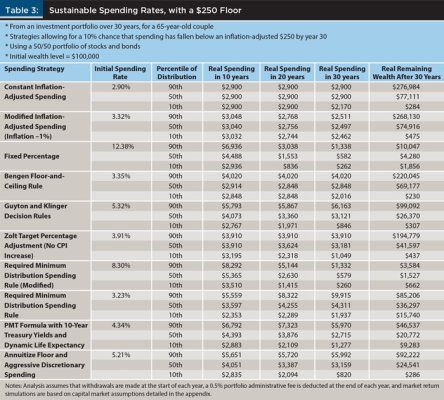Lsbcal
Give me a museum and I'll fill it. (Picasso) Give me a forum ...
Rates now are not very different from 1954 and the Fed gives Treasury data for that period. I looked at that data and the 5 year Treasury returned a real 0.9% per year (nominal was 2.4%) for about 10 years. During that time the 5 year Treasury went from 1.9% up to 4.9%. Currently the 5 yr is at 1.3% so not that different from 1954.I think the current low 10 year T-bill return is the reason for the pessimism about bond returns in the next decade. If rates do go up then prices will come down......you simply won't make much money in a bond index fund for a while.
If you hold bonds for safety of principle and a bit more income, that data should be comforting.

